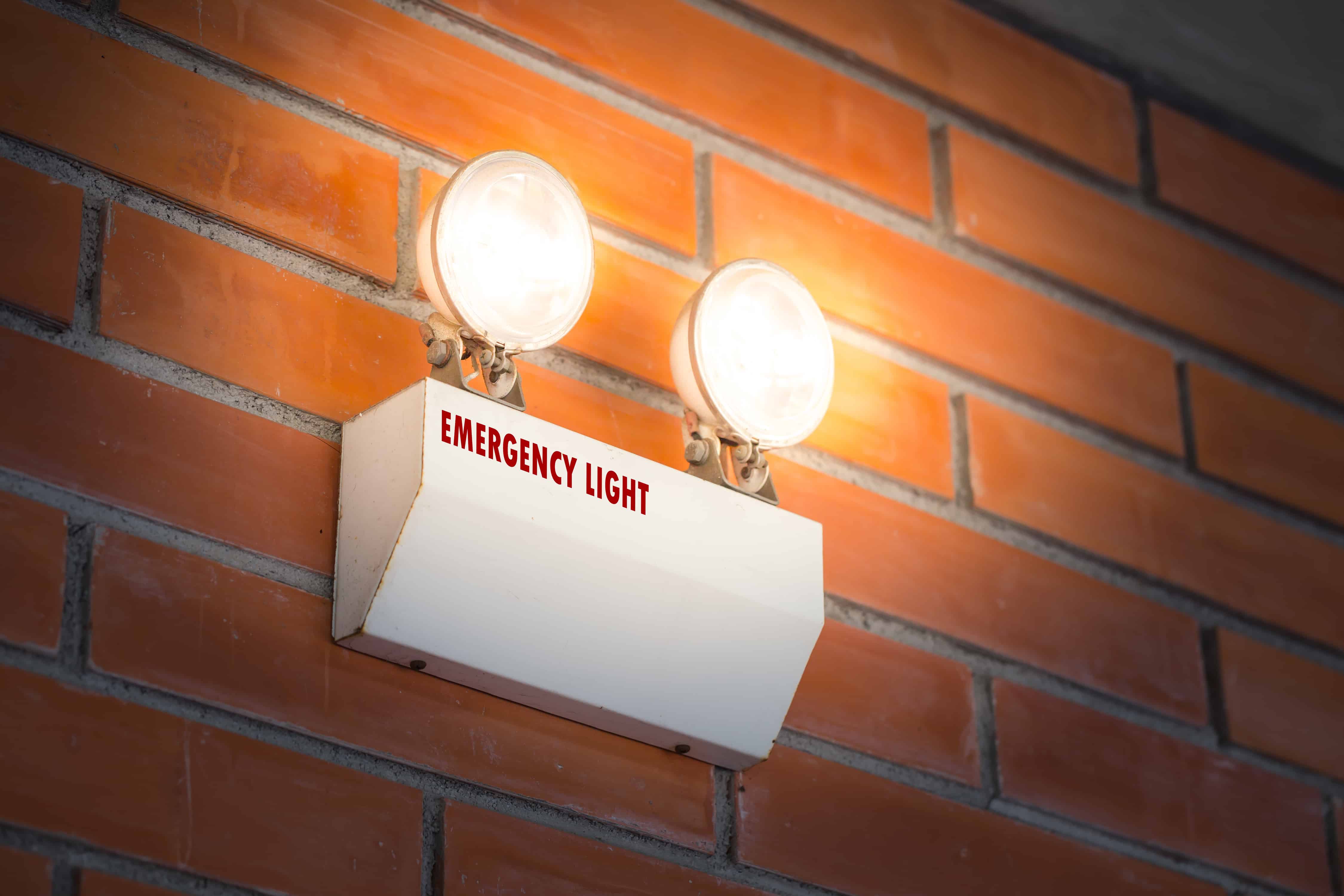Types of power outages
Power outages range from mild brownouts that can cause machines to blink to more permanent faults that can destroy equipment:
Brownout: A momentary drop in power that causes the lights and screen on a computer to dim or flicker for a second. A brownout is close to a blackout but without the complete loss of power. Machines and computers will often survive brownouts, but each instance can weaken the chips and circuitry. A brownout could serve as a warning of worse things to come.
Blackout: A complete loss of power where lights and screens shut off for several minutes or more. A blackout can cause a lot more damage than a brownout because all the affected machines are abruptly and improperly shut off. Some of today’s newer, more advanced computing devices are equipped to handle blackouts, but older devices are liable to fry.
Permanent fault: When the power flat-lines across the grid, you have a permanent fault. These can last several hours or more and cause untold sums of money loss, especially at facilities where hourly productions amount to thousands of dollars. The more widespread the fault, the harder it becomes for service techs to pinpoint the source and rectify matters.
In large office buildings and factories, loss of the electrical power network supply can be financially devastating to all parties involved.
What Causes a Brownout?
Producing electricity is a balancing act. Demand for electricity is always fluctuating, and electrical utilities use their network of generators, substations and transformers to make sure they’re producing and distributing electricity at the right levels.
When demand is near or above the utility’s maximum production capacity, the utility may intentionally throttle the flow of electricity in certain areas, resulting in a brownout. During a brownout, electricity is still flowing to your home, but at lower than usual voltage levels. The event gets its name from the dimming of incandescent light bulbs, which is common under brownout conditions.
These intentional brownouts may last for anywhere from a few minutes to several hours, at which point electrical demand will presumably decrease and allow the utility to restore full power levels. And while it’s far less common, brownouts can also occur spontaneously as a result of damage or malfunction within the grid or a nearby power plant.
Why Do Blackouts Happen?
When electrical service stops entirely, that’s a blackout. The term “blackout” usually refers to large-scale service interruption, as smaller interruptions caused by things like transformer malfunctions are often simply called “power outages”. But large-scale blackouts can still happen spontaneously as a result of severe weather or equipment failure at power plants.
The term “rolling blackout” refers to a more deliberate process. Rolling blackouts are produced purposefully by electrical utilities, similar to intentional brownouts, to help temporarily ease the strain on an overtaxed electrical grid. Utilities typically spread these rolling blackouts across multiple areas for limited amounts of time, which helps prevent larger-scale blackouts. Rolling blackouts are usually announced, though they may occur on short notice.
Both blackouts and rolling blackouts are different from “planned outages”, which are scheduled and announced far in advance, often to allow for equipment maintenance.
Which commercial businesses are affected by power outages?
The majority of organizations estimate that a single hour of downtime can result in a six-figure loss. The impact of electricity blackouts is tremendous in the food, medical and manufacturing sectors for the following reasons:
- Food storage: Power outages are financially devastating for the food and beverage industry. The hardest-hit parts of the industry are usually the food storage facilities, where days and sometimes weeks’ worth of products can be spoiled due to a lack of proper refrigeration.
- Medical supply storage: Medicines must be properly stored at all times to preserve purity and freshness. If medical storage loses power for a few hours or more, medicines totalling thousands in value can be lost and spoiled within a matter of hours.
- Doctor’s offices: Hospitals and doctor’s offices must always have access to power. If a life support system or feeding tube loses power for just a few minutes, patients could be left in grave danger.
- Emergency services: If an emergency service suffers a power blackout, those that rely on that service could be in serious trouble. Emergency services exist to assist and help people in times of need. However, the objective is hard to fulfill when the service itself lacks power.
Even the most state-of-the-art facilities are not completely safe from blackouts.
Who to do in a power blackout or brownout
After making your electronics safe, the second thing you should do is check with your local utility to confirm that the brownout is coming from the grid. If everything is normal, the brownout conditions you are experiencing may be the result of an electrical problem within your facility. Call a commercial electrical company for emergency service.
During a blackout, check with your local utility if possible to report the outage and inquire about the restoration of service.
If you want to be aware of brownouts and blackouts both planned and unplanned, check with your electrical utility to see if they offer alerts by text or email. Signing up for these alerts is often the easiest way to stay informed about electrical system changes that could affect you.
Blackouts and brownouts are rare, but understanding what they are and how to respond is key to minimizing the inconvenience and potential damage to your facilities equipment and production.

